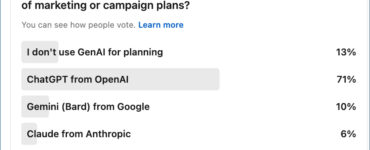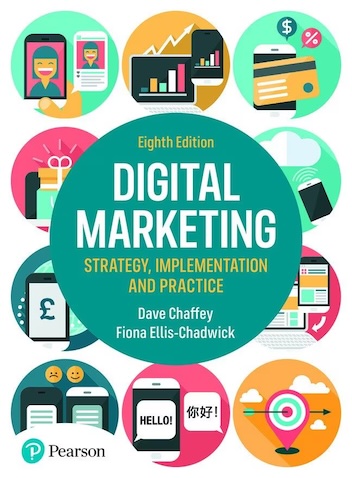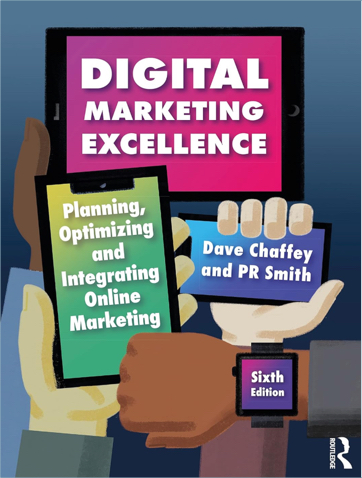Elements and examples of tone-of-voice guidelines
Defining a common tone-of-voice for a company or brand to communicate with its audience is useful for all types of business since it affects the perception of the company, regardless of sector. The growing importance of digital channels makes agreeing tone-of-voice even more important as many more people are involved in contributing to brand communications via the website, social media marketing, email marketing, video and other content assets. We share some examples at the end of this article.
Defining a clear, effective tone-of-voice is important since it can affect consumer perception of :
- Brand authority and credibility
- Brand personality and likeability
- Trust in a brand
- The value a brand can offer through its content
An agreed, shared understanding of tone-of-voice is particularly important in large organizations since many people inside and outside the organization contribute to tone-of-voice as they write and edit different forms of content. Style and tone guidelines are often thought of as needed in large consumer brands and thought to be less relevant for smaller businesses. Hopefully, these examples show why they can be helpful to all sizes of company.
Applying tone-of-voice in web usability
The early emphasis on web usability was focused on functional aspects of task completion based on page template layout and calls-to-action. Today, copywriting style is seen as more important as this article by Nielsen Norman Group on The Four Dimensions of Tone of Voice shows. Their research identifies these four dimensions which, depending on the balance will give a radically different perception of the company.
- Funny vs. serious
- Formal vs. casual
- Respectful vs. irreverent
- Enthusiastic vs. matter-of-fact
This case study by usability company Foolproof gives an interesting example of how copywriting and voice is part of design in cutting-edge usability projects.
Three examples of tone-of-voice guidance
I use these examples in workshops since they are rare examples of publicly published guidelines we can learn from to review tone-of-voice.
The Mailchimp voice and tone guidelines are interesting since they are an example of a casual/irreverent tone of voice, but they don’t want to push this too far, so they give examples of how this should be achieved through different channels, here are their social media guidelines.
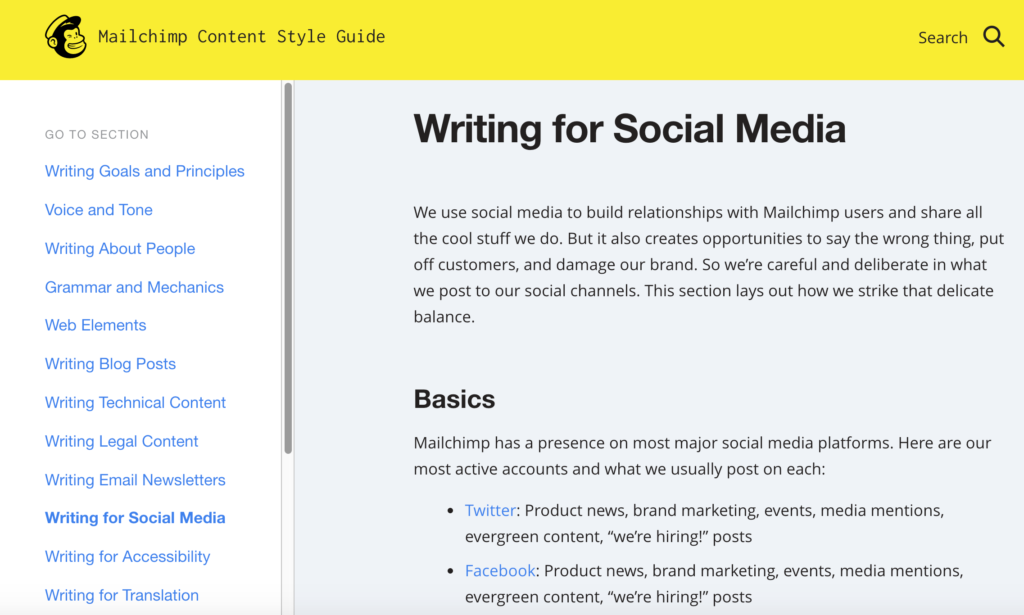
Salesforce provide another B2B voice example, still relaxed, but more formal. They also have a clear explanation for writers of the difference betwen voice and tone, when they ask: What do we mean by voice, tone, and style?
- Voice: Who we are. This remains constant and true to our values. It is the true north for how we express our brand.
- Tone: How we say it. This can vary depending on audience and format, but it is always still true to our voice.
- Style: The specific choices we make as a brand when more than one option would be considered grammatically correct, as well as any exceptions we make.
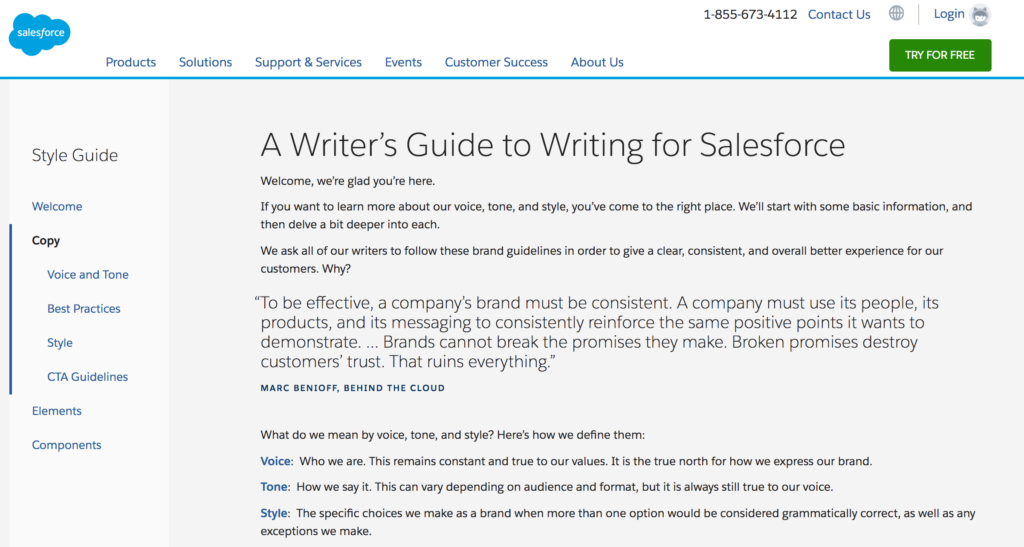
The final example of tone guidelines from a charity, needs to be serious and authoritative, yet balances this against being accesssible and open. You can see their guidelines from a re-brand on Behance.
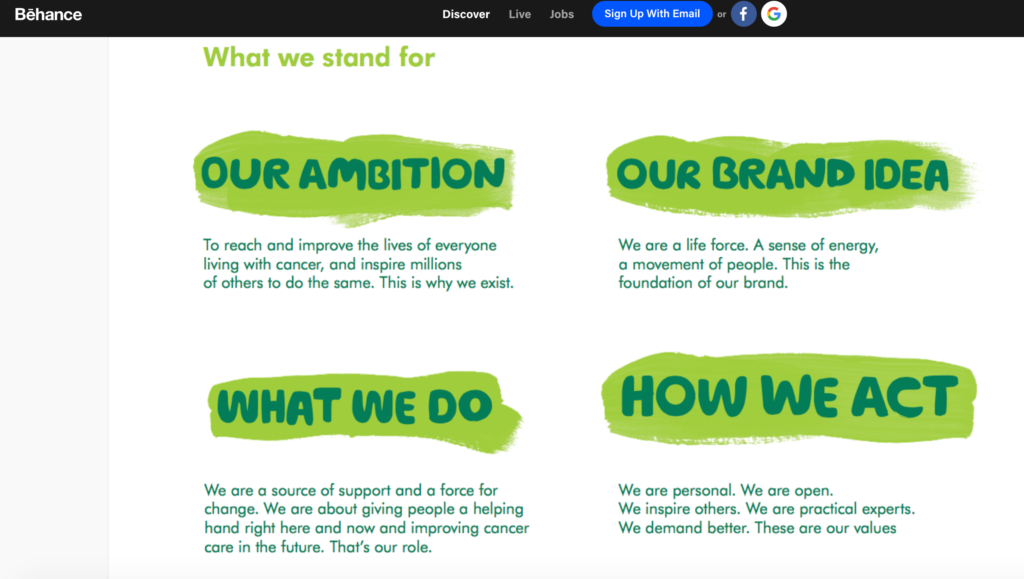
Recommended Smart Insights resources
Our Digital branding toolkit has more resources to help develop your brand.

